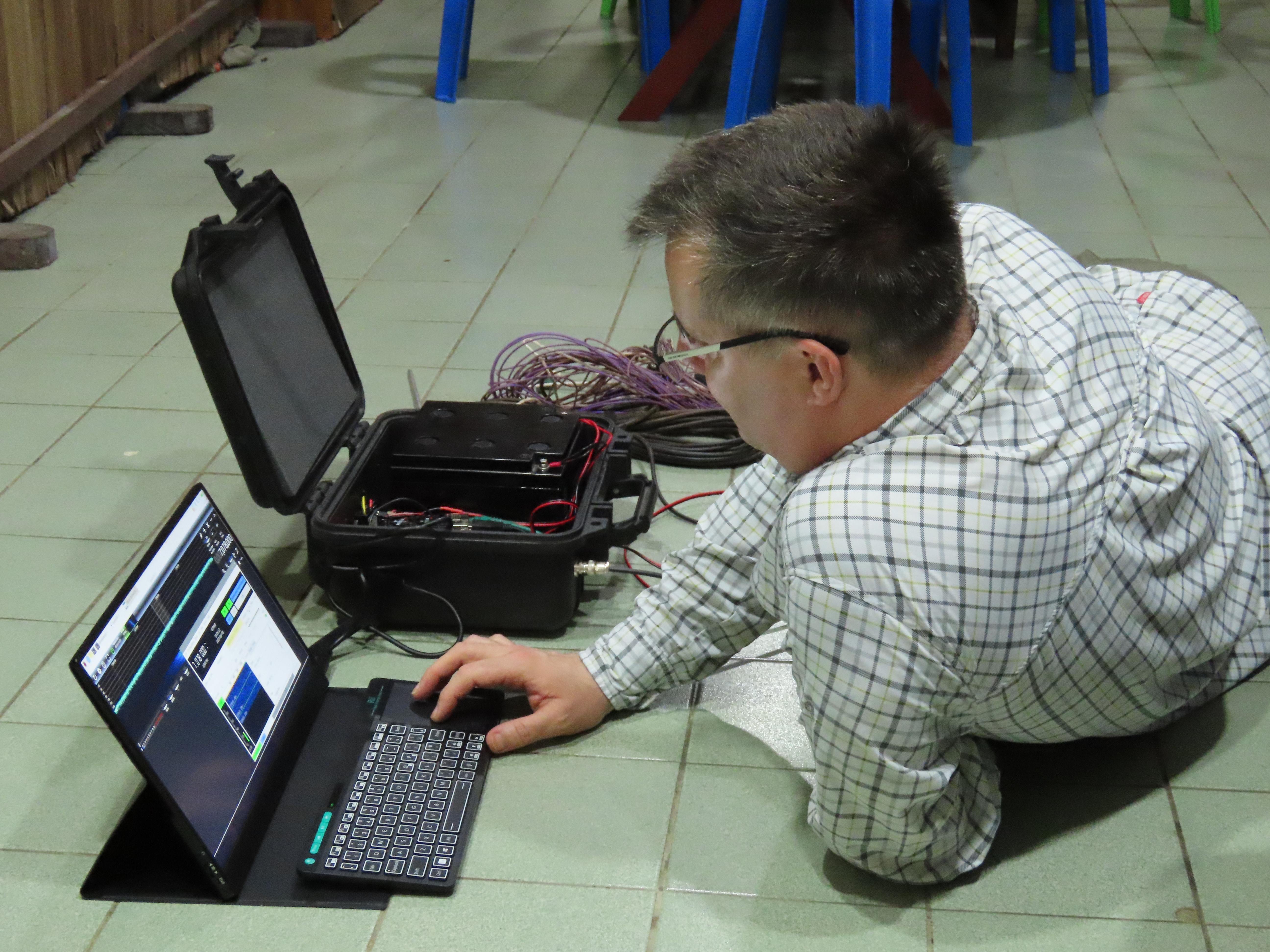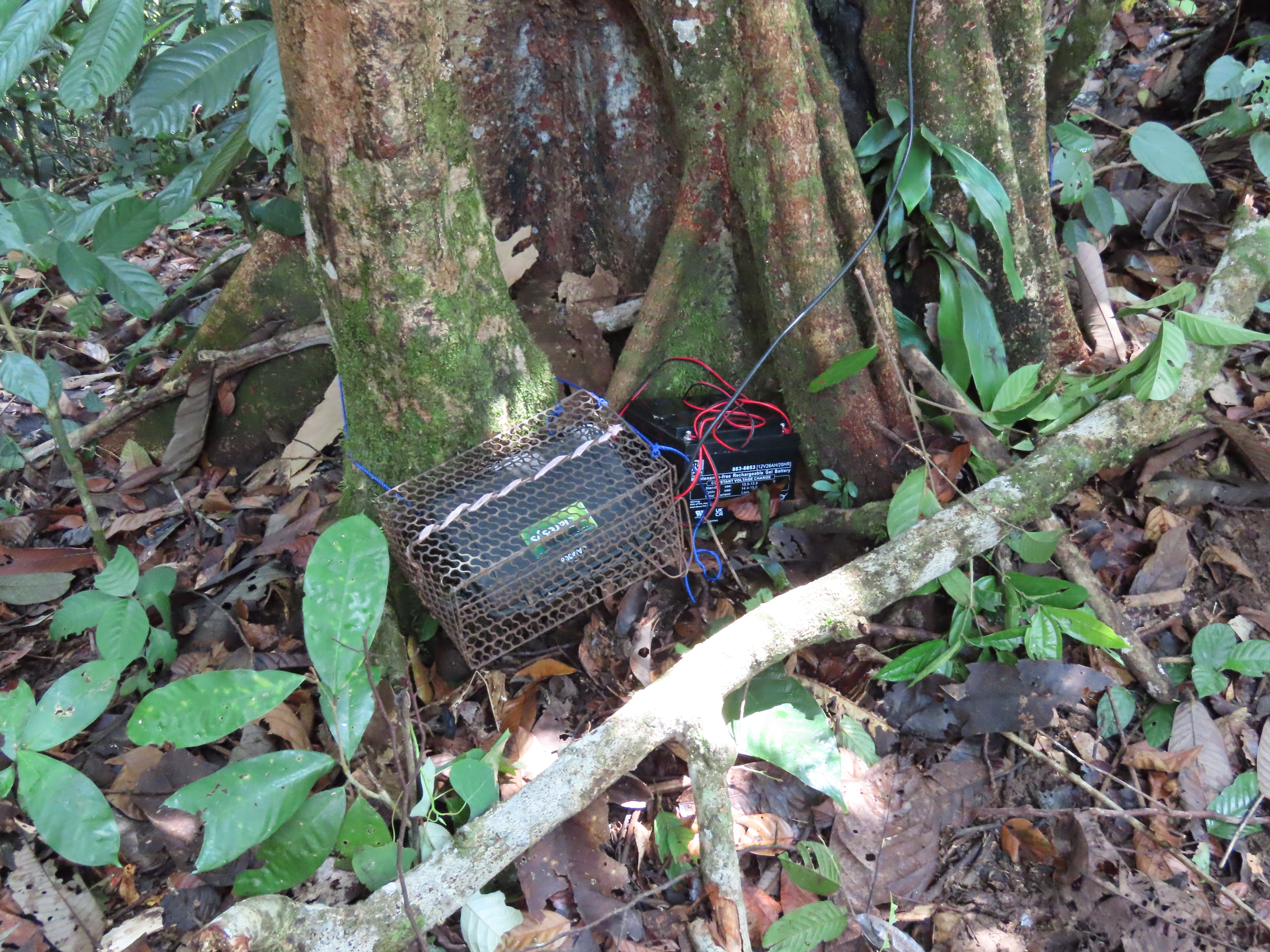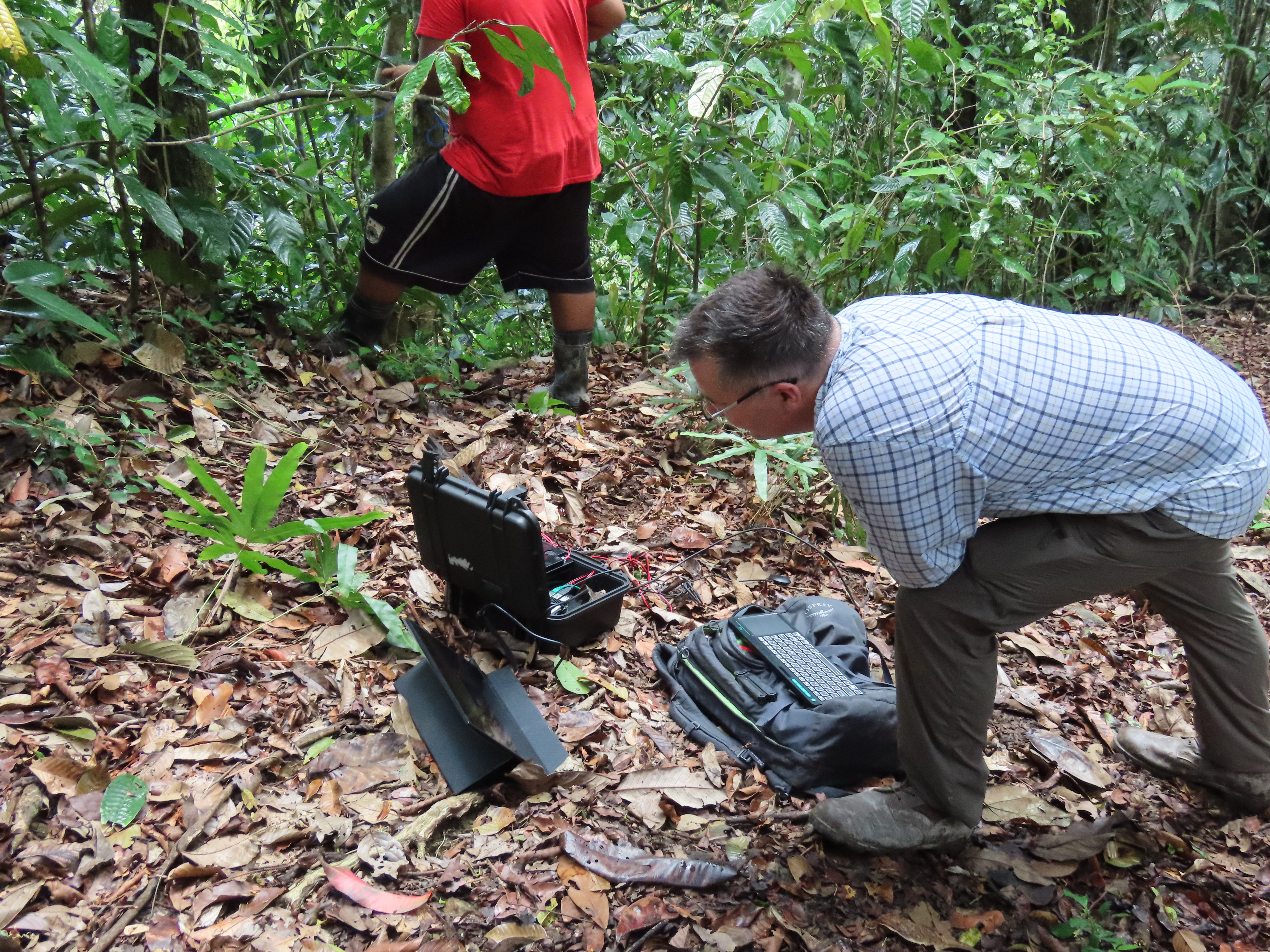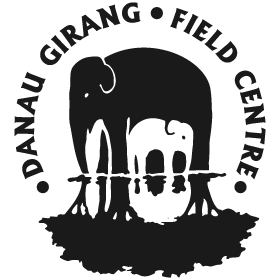Danau Girang is a collaborative research and training facility managed by Sabah Wildlife Department and Cardiff University.
Low Power IoT Infrastructure for Harsh Environments
Dynamically Orchestrate-able Low Power Internet of Things Infrastructure for Sustainable Wildlife Conservation
This project aims to develop a reliable communications technique to remotely monitor animal traps and other sensors through the dense jungle using low power digital transmission techniques encounters many hurdles when operating in harsh Radio Frequency environments. Traditionally the problem can be overcome using higher power transmissions; however, in this case, it is not possible as devices need to operate for long periods autonomously and cannot afford the increased burden of regular battery changes. This research project aims to examine frequencies and develop protocols that will allow secure, reliable communication across dense jungle environments using low power digital transmission protocols.
The scope for the research proposal aims to deliver a fully functional concept demonstrator based upon communications theory; the key objective is to be able to monitor sensing infrastructure in the Kinabatangan wildlife sanctuary without the need to visit each sensor.
Trap activation detection – Most traps operate using weight-based or bait based activation triggers. Smaller animals could accidentally become ensnared, meaning cages must be visited regularly to ensure animal safety. Any sensor monitoring system must be very reliable and fail-safe to ensure wildlife welfare.
Poacher tracking – While the accurate pursuit of poachers and vehicles is not practical without deployed sensors on the person or vehicle, it would be possible to monitor poachers activities and their movements. Sensors could monitor people passing through pinch points and congregating at meeting points. The data from these sensors could provide information to other data science projects to help elicit information on poacher behaviour and help predict everyday activities.
Poacher detection – Vehicles are not allowed in the sanctuary after 19:00 so sensors deployed to detect these vehicles could use vibration sensors, Automatic Number Plate Recognition (ANPR), or sound as it is reasonable to assume that vehicle in the wildlife reserve after 19:00 are unauthorised.
Data communication in dense jungle terrains – This is considered later in the proposal as it forms the basis of the leading research submission.
Remote camera trap battery monitoring – Messages for monitoring and reporting on battery life can be tiny and are not time-critical. Message updates can be provided on a predetermined cycle such as hourly, or daily. This tradecraft would reduce the number of messages sent and enhance battery life. User-definable “heartbeats” would allow the user to define a refresh timeframe with which they are comfortable.
Team








